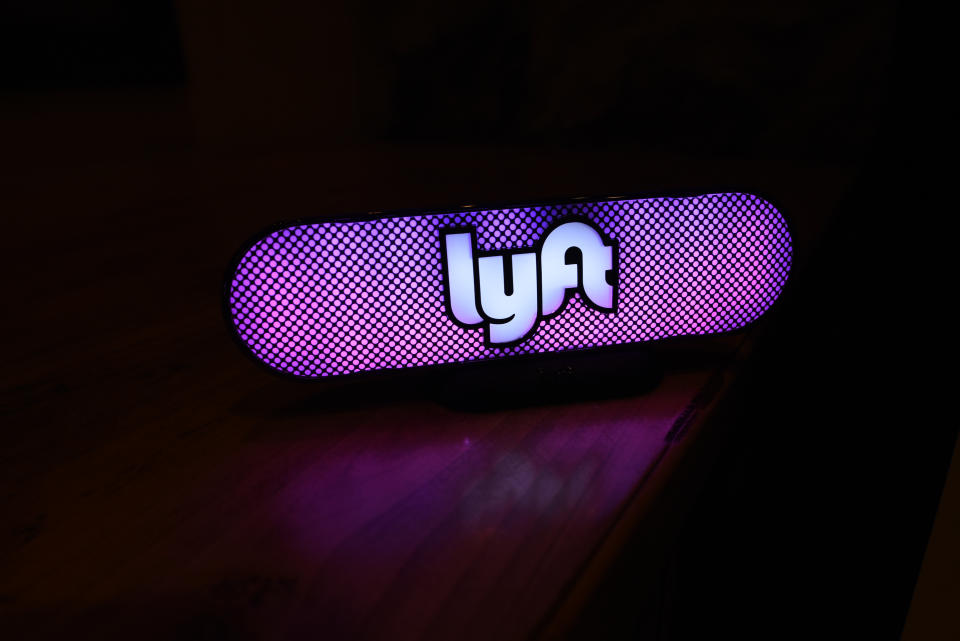Why Uber's offering cash — but not full time employment — to drivers
Uber’s new ride has begun, with the company filing to go public Thursday, following on the heels of ride-sharing rival Lyft (LYFT).
Both companies are trying to keep drivers happy by offering them incentives, from stock options to cash rewards. Yet Uber’s S-1 filing reveals that it’s firmly sticking to its guns by refusing to classify its drivers as employees.
The issue of classification is important to Uber, because as independent contractors, drivers are not eligible for employee benefits. Those include insurance, paid vacations or even paid sick leave — and for a company that isn’t fully profitable, those costs can add up quickly.
‘Significant additional expenses’
The legal classification — which a U.S. judge in Philadelphia upheld last April — has been controversial, but it has saved the company a lot of money.
Uber’s analysis of the situation has been sober, if not stark.
“We believe that drivers are independent contractors because, among other things, they can choose whether, when, and where to provide services on our platform, are free to provide services on our competitors’ platforms, and provide a vehicle to perform services on our platform,” the company said in its filing.
And “if, as a result of legislation or judicial decisions, we are required to classify drivers as employees … we would incur significant additional expenses,” it added, which would be associated with paying drivers minimum wage, overtime, benefits, social security contributions, and so on.

Reclassifying drivers as employees with full benefits “would require us to fundamentally change our business model, and consequently have an adverse effect on our business and financial condition,” Uber said.
Mixed reactions from drivers
To keep drivers happy and motivated, Uber is offering drivers an “appreciation reward,” based on the number of trips they complete. Last month, Lyft also announced a similar bonus structure.
Uber’s tiered system depends on how many trips they would have completed before April 7. If they completed 2,500 trips as of that date, they would get $100. 20,000 trips would net $10,000.

Lyft, on the other hand, had also set aside shares for drivers who had completed at least 10,000 rides by February 25, as well as for drivers who had served on its Driver Advisory Council. They were eligible to receive Class A common stock.
Other Lyft drivers — also depending on how many trips they complete — can get cash rewards from $1,000 or $10,000 for more than 20,000 rides. They can also choose to use the bonus to purchase shares through the company’s directed share program.
“Uber has earned some of my respect now, for a greedy corporation, not caring for drivers blah blah blah, they still gave back to the driver community,” one user wrote in a forum for Uber drivers.
”I would have never thought they would give raw cash as reward, much better than an achievement sticker or some sort of badge,” he added.
But another wasn’t taking it at face value: “Uber built their company on drivers backs. I don’t believe it's a bonus. It's a cheap way of getting PR.”
Aarthi is a writer for Yahoo Finance. Follow her on Twitter @aarthiswami.
Read more:
Follow Yahoo Finance on Twitter, Facebook, Instagram, Flipboard, SmartNews, LinkedIn, YouTube, and reddit.
